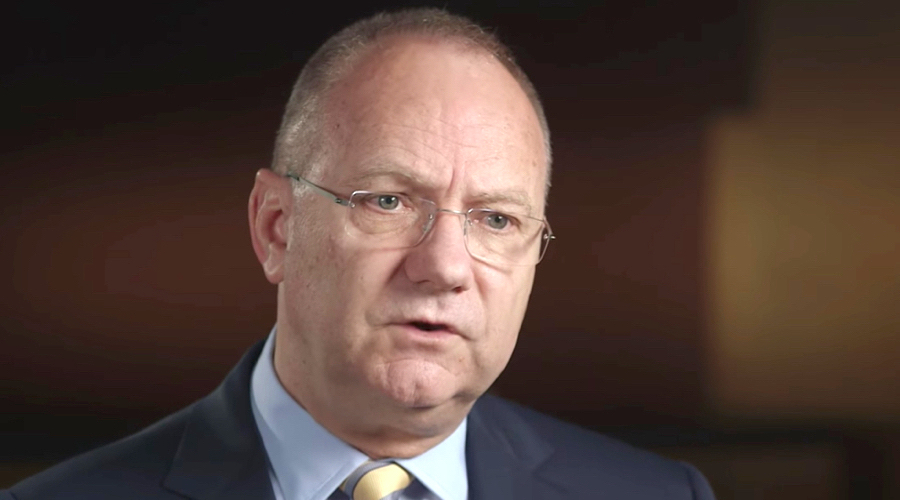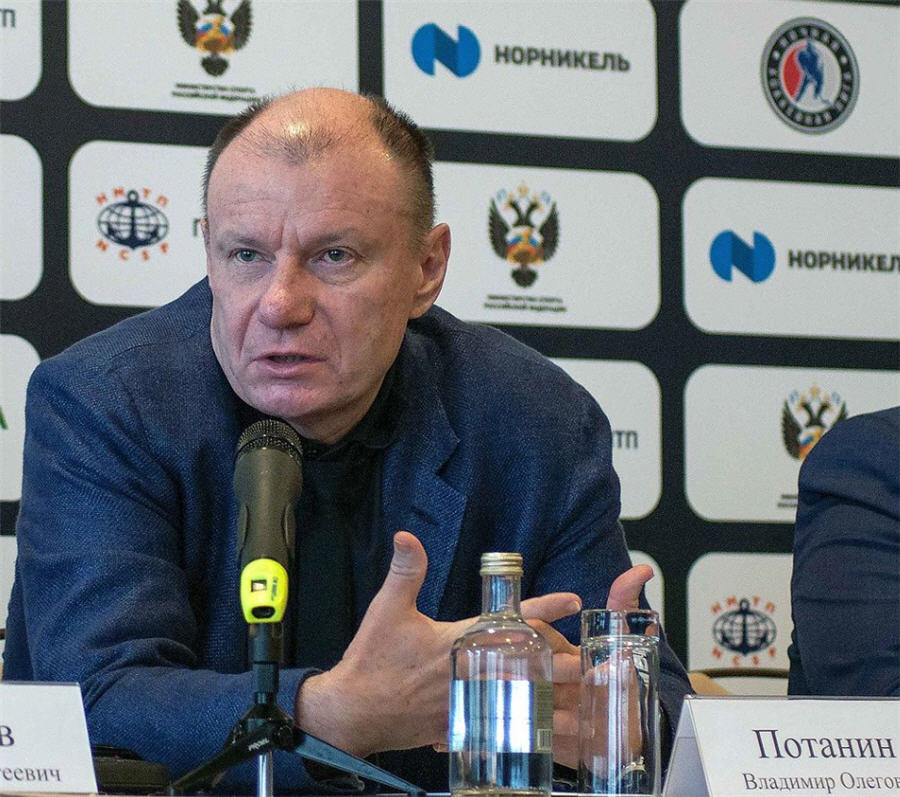Will Anglo stick to radical restructuring plans?

The world’s number five diversified mining company, Anglo American announced a “radical portfolio restructuring” at the end of last year. The company with roots going back more than a hundred years to South Africa’s gold and diamond fields said it’s reducing the number of mines it operates from 55 to as few as 16 to focus on diamonds, copper and platinum because of better long-term potential. Its nickel, coal and iron ore assets will be put up for sale.
Nine months the mining world seems a very different place. And the divestment process has been slow. Anglo is only halfway towards its goal of getting rid of between $3 billion – $4 billion worth of assets this year towards its goal of bringing net debt below $10 billion.
The company managed to sell a niobium and phosphate operation in Brazil for $1.5 billion, but attempts to rid itself of its South African coal mines are facing opposition from all corners including the company’s top shareholder.
Finding buyers for the Australian coking coal mines have also proved difficult particularly since that market there is a very different beast today than it was when Anglo first put the assets up for sale. And despite a pick-up in price there’s been no news of buyers for its South African and Brazilian iron ore operations – the number four supplier to China of the steelmaking material.
They have publicly committed to this restructuring programme but the pressure to do it from a balance-sheet perspective is not there any more
Besides, the downsizing may no longer be the right strategy for the Anglo with metallurgical coal prices skyrocketing, iron ore 50% above its December lows and a broad improvement in base metal prices (with the glaring exception of copper).
On Wednesday Moody’s Investor Service upgraded the credit rating of Anglo with a positive outlook to “reflect the company’s strengthened leverage profile and our assessment that it shows greater operating resilience and is unlikely to reverse from the improved leverage position.”
The ratings firms said while it is taking into account recent modest uptick in the commodities prices it does not expect a significant upside in prices in the next 12-18 months:
Taking into account our updated commodity price assumptions, we expect AAL’s adjusted EBITDA to reach around $5 billion in 2016/2017, assuming no further divestments. Improved unit costs across the portfolio and relative weakness in production currencies, including the South African Rand and Brazilian Real, should continue to cushion AAL’s profitability amid relatively weak pricing environment. In particular, accelerated cost reduction in the iron ore operations and ramping-up at Minas Rio, have significantly improved the overall resilience of the iron ore business.
“You get a little bit of joy and you think that the world has changed”
Anglo’s share price reflects the company’s much brighter prospects with the stock up three-fold in London (helped in part by the fall in the pound) for a market value of more than $17 billion.
The recovery in Anglo’s operating environment has some calling for CEO Mark Cutifani to abandon the radical restructuring. The Financial Times quotes Fraser Jamieson, analyst at JPMorgan, as saying that Anglo much healthier balance sheet and declining risks in the industry may necessitate a rethink:
“When Anglo announced the [restructuring] plan it felt like [the company] could be a matter of weeks away from being forced into very punitive [asset] sales or having to raise equity.
“Now […] they find themselves with a different problem — they have publicly committed to this restructuring programme but the pressure to do it from a balance-sheet perspective is not there any more.”
Cutifani told the Financial Times that he’s sticking to plans for a new Anglo despite the rally in its key commodities:
“That is the mistake we make in this industry. You get a little bit of joy and you think that the world has changed. We are not going to allow one or two good months change what we think is strategic.”
SEE ALSO: Top shareholder could reduce Anglo to diamond-only miner
More News
Nornickel believes 2026 will bring dividends, CEO says
Nornickel did not pay full-year dividends for 2022, 2023 and 2024.
December 27, 2025 | 07:42 am
{{ commodity.name }}
{{ post.title }}
{{ post.date }}




Comments